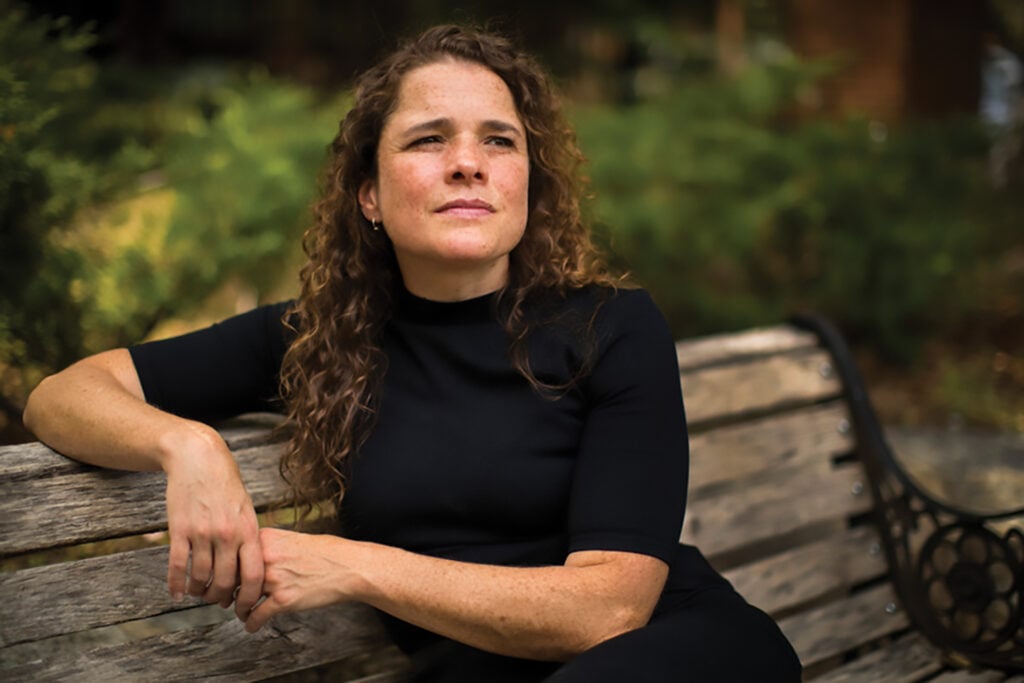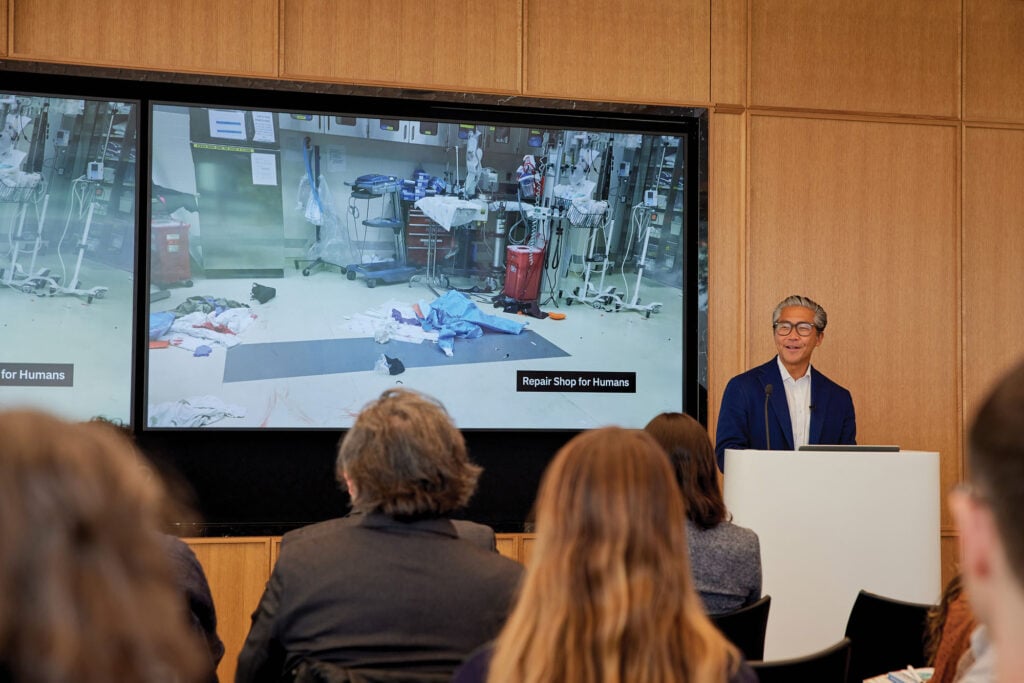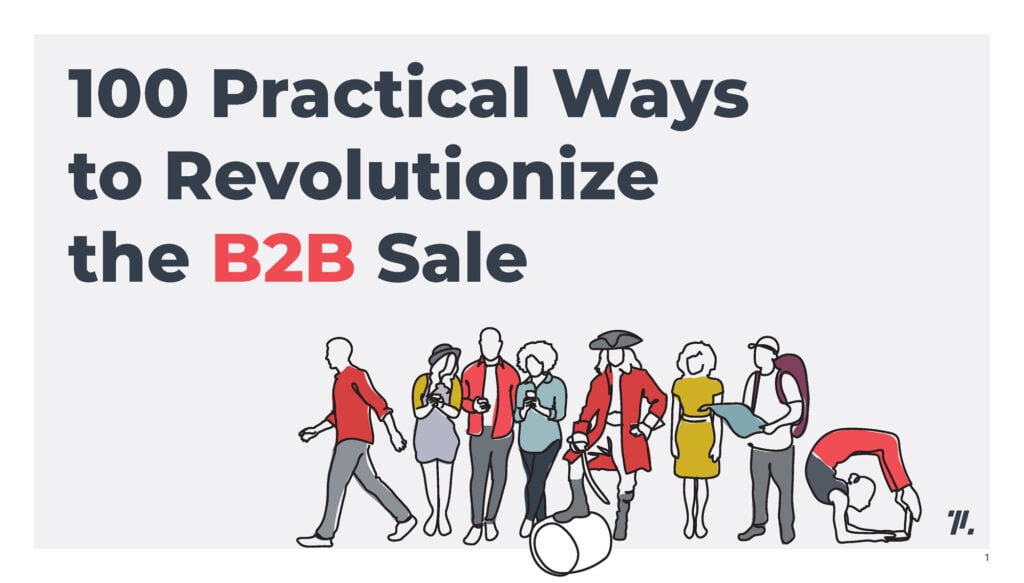
March 2, 2022
Three Insights into the Future of Product Specification from ThinkLab’s Hackathon
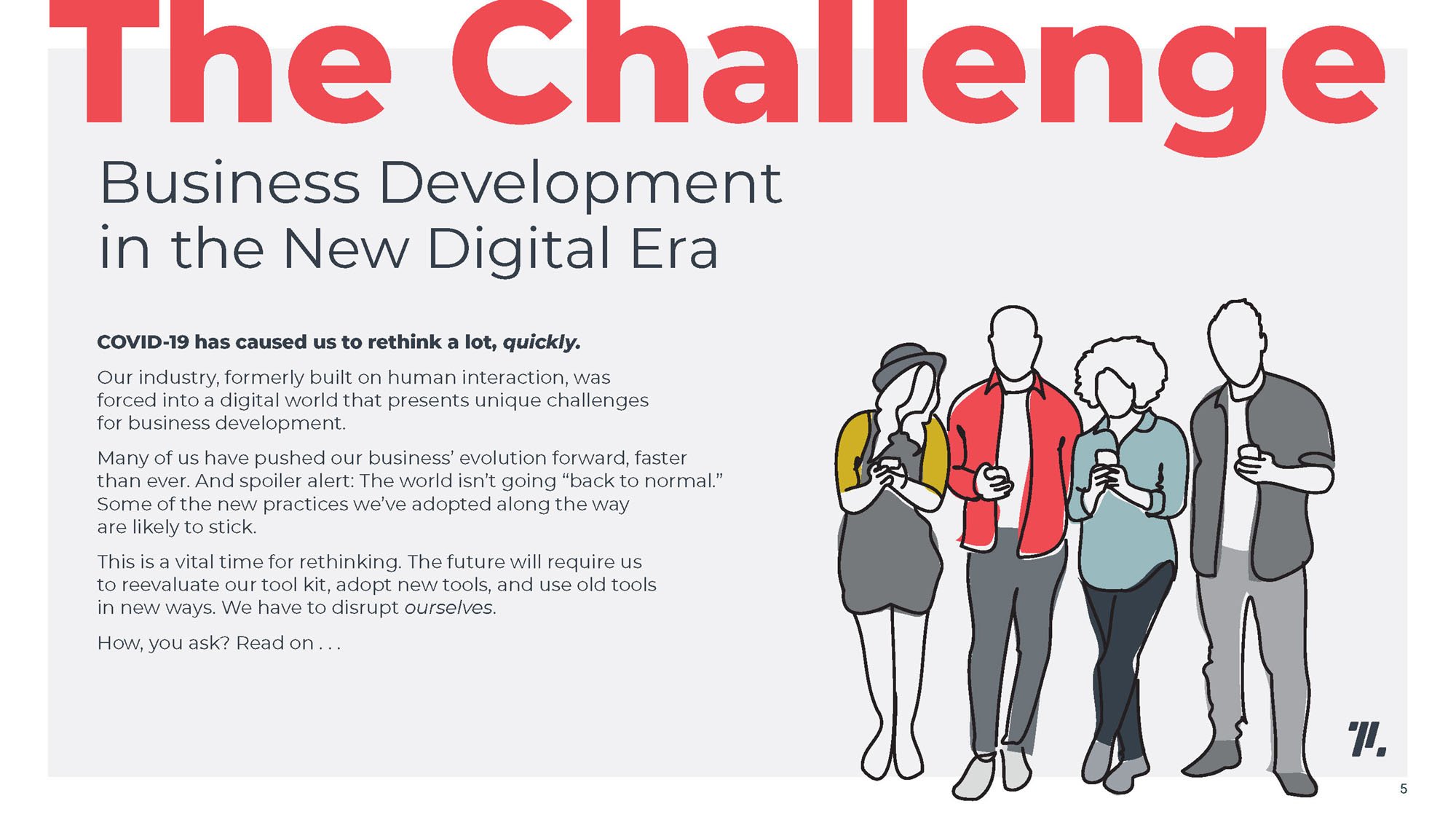
DRIVING ECONOMIC SUCCESS
ThinkLab data suggests architects and designers have 26 times more specification power than the average American consumer has buying power. That statistic indicates the ability of architects and designers to shape the future—and is one reason why ThinkLab’s second hackathon of the year dove deep into how product specification is evolving, especially as a result of increasingly hybrid work in the design industry.
The event produced a playbook titled 100 Ways to Maximize Your Physical, Digital and Human Assets. In addition to sharing ideas to prompt new connections between sales and marketing teams, the book aims to help professionals in the industry rethink the way things have always been done and continue to harness the specification power of the design audience. The hackathon also revealed three major insights into the future of product specification in the phygital era:
01 Hybrid work will drive manufacturers to innovate and create new streamlined experiences for architects and designers.
Hackathon teams, made up of specifiers from A&D firms NELSON, EwingCole, and HDR, along with commercial real estate firms CBRE and JLL, and prominent dealer design leads, helped us explore the future of showrooms, libraries, events, product presentations, and the sales representative.
02 Designers wish this conversation had taken place sooner.
When our panel of design participants was asked to share the most surprising thing about participating in the hackathon, Amy Mays, a design director in New York, said: “The most surprising thing for me was that it actually took something so catastrophic like the pandemic to get this conversation going.”
03 Designers want the capability to self-serve, but what makes sales representatives great remains the same.
The digital era is shifting what we need and when from our product partners. “As designers, we’re all visual, and we have the need to save information somewhere so we’ll be able to find it again,” said Shannon Noon, an interior design associate with EwingCole in Pennsylvania. “But we have to make that easily searchable, easy to digest, and easy to forward, whether on a computer or phone.”
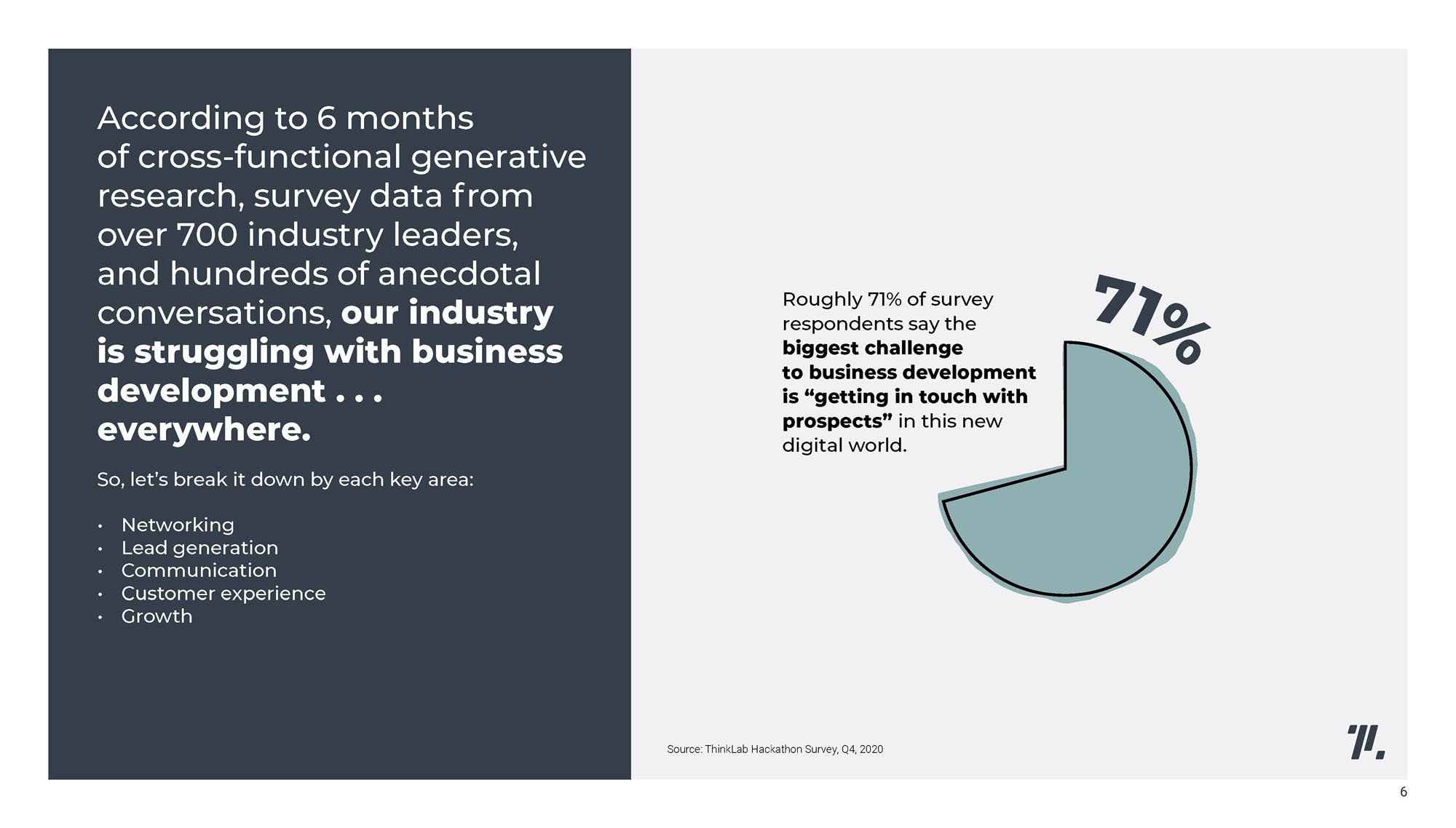
Kristin Cerutti, design leader and director at NELSON Worldwide, echoed the idea that needs have shifted: “We’ve had some of these struggles for years, but it has significantly increased with everyone going remote. At the moment, we are having to communicate to our clients in completely different ways than before. Today, we need Revit files earlier in the process and install photos to be able to see things like seaming. Remember, we’re trying to sell ideas to a client who might be inherently less visual than most of us are. This helps save all of us from the heartache and shock of walking in and not seeing what they expected.”
Erica Waayenberg, a ThinkLab panel facilitator, summed up all the panelists’ sentiments: “Right now what makes a great rep is that they understand the design process, and that they are trustworthy, effective communicators, and responsive. That hasn’t changed. Some of the digital tools may feel like they’re infringing on the role of the rep, when in reality the rep is leveraging these tools to be increasingly effective and consultative.”
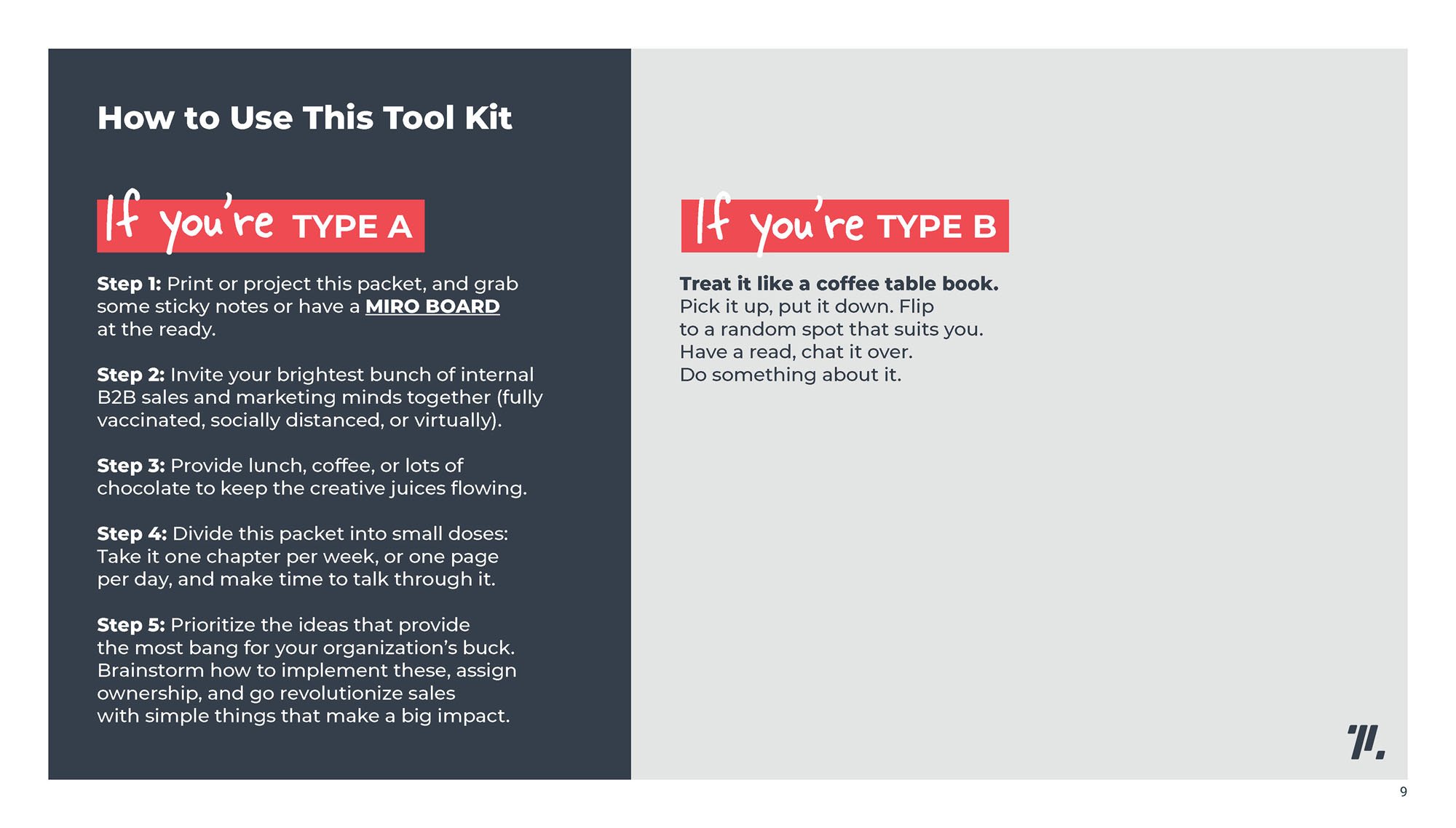
Producing instructive insights, the hackathon equipped participants to embrace the future. “This project will inform our customer experience practices as we move forward, making sure that our phygital solutions remain an equitable experience for everyone,” said Meghan Sherwin, chief marketing officer at Keilhauer. “We’re inspired to continue expanding our virtual storytelling to ensure we are connecting meaningfully with the design community.”
At ThinkLab, we are excited for the design community to experience the innovations that come from these brands in 2022 and beyond, and we will be excited to tell their stories.
Amanda Schneider is president of ThinkLab, the research division of SANDOW. Join in to explore what’s next at thinklab.design/join-in.
Would you like to comment on this article? Send your thoughts to: [email protected]
Related
Profiles
Sarah Williams Uses Data to Do Good
The MIT professor and director of the Civic Data Design Lab and Leventhal Center for Advanced Urbanism believes big data can drive big change for the better.
Profiles
What Can Doctors and Designers Learn From One Another?
Dr. Bon Ku, author of Health Design Thinking explored the relationship between wellbeing and architecture at Metropolis’s inaugural Design Optimism symposium.
Profiles
Practicing “Architectural Disobedience” with Verdical Group CEO Drew Shula
The sustainable design entrepreneur discusses architectural disobedience, asking the right questions, and why solving the climate crisis demands breaking the status quo.



